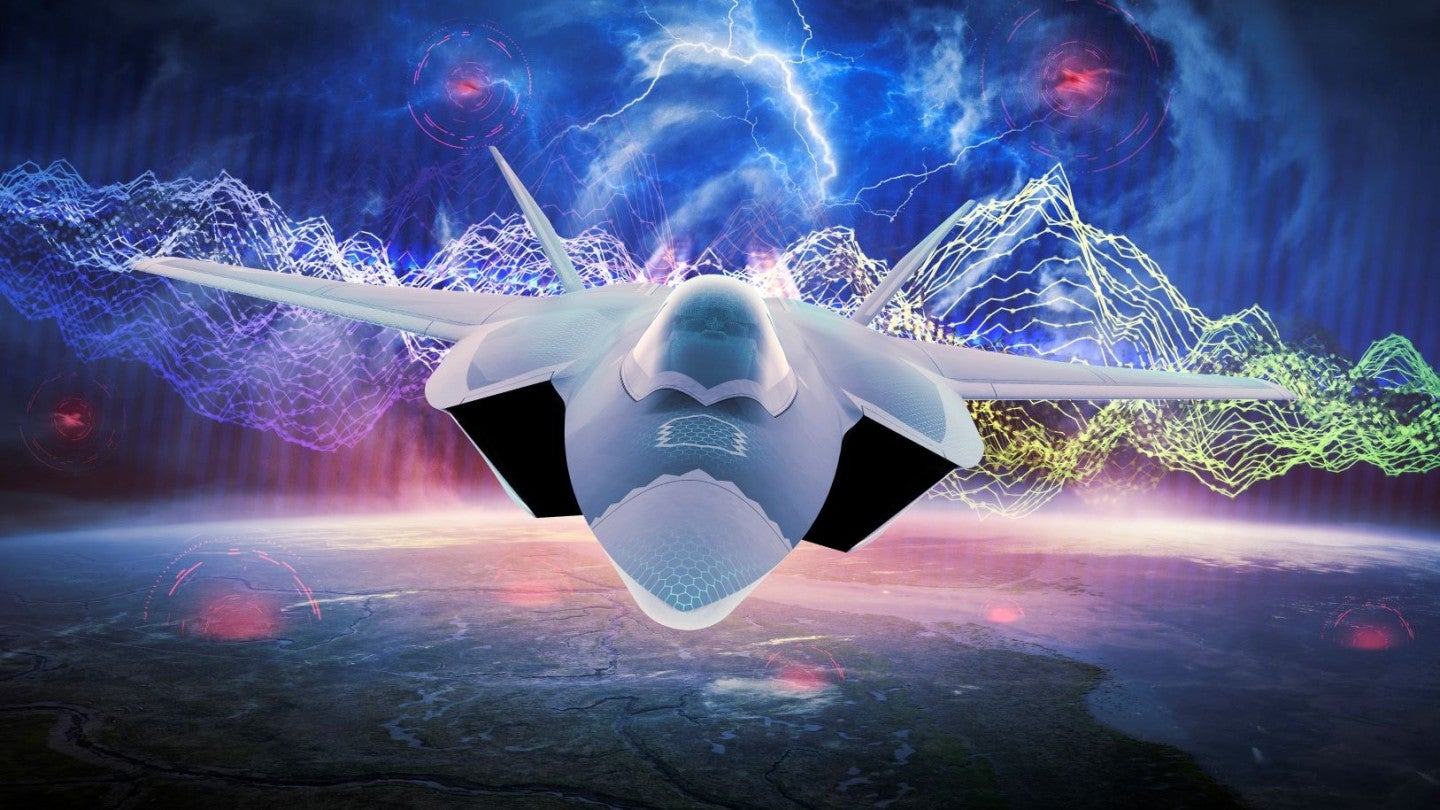
Italian company Leonardo has signed an agreement with the UK and Japanese industry partners for the next stage of the Global Combat Air Programme (GCAP).
The participating companies include Japan’s Mitsubishi Electric, Italy’s Leonardo and Elettronica and Leonardo UK.
The new collaboration was established on 15 March during the ongoing defence event DSEI Japan in Makuhari Messe, Tokyo.
It represents the next formal step for establishing a permanent industrial construct for GCAP.
Under this partnership, the companies will evaluate various commercial and international operating models suitable for the programme.
The collaborative effort will run concurrently with the research and development work, currently being performed by individual industry partners.

US Tariffs are shifting - will you react or anticipate?
Don’t let policy changes catch you off guard. Stay proactive with real-time data and expert analysis.
By GlobalDataPrimary objective of the new agreement is to jointly develop GCAP’s Integrated Sensing and Non-Kinetic Effects & Integrated Communications Systems (ISANKE & ICS) domain.
This domain will directly contribute to the advanced electronics aboard the future combat aircraft to provide self-protection capabilities to the aircrews.
Development of this capability will involve the three-nation team to re-evaluate performance metrics, infrastructure and programme structures to speed-up the project’s pace, due for completion in 2035.
To achieve this, the companies will bring forth their individual experience and expertise.
Furthermore, the companies will jointly recognise tri-national requirements and create an approach to meet each nation’s demand for integrated mission support, freedom of action and modification.
ISANKE is expected to ‘unlock’ sixth-generation tactical sensing technology. It is based on ‘a spider’s web’ of sensors, focusing on delivering a fully integrated sensing, fusion and self-protection network, unlike traditional fighter platforms with individual sensors.
The integrated network will be achieved with the help of ICS that will allow ISANKE to support different crewed and uncrewed aircraft through this multi-domain system-of-systems.



